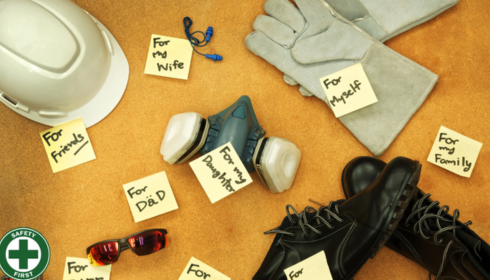What Is Everyday Carry (EDC)?
Everyday Carry (EDC) refers to a collection of essential items that people carry for both routine and unexpected situations. It encourages choosing practical items, such as multitools, flashlights, and medical supplies, for everyday needs. A well-thought-out EDC collection becomes part of a person’s routine, providing readiness for minor inconveniences and more serious scenarios. This approach streamlines decision-making and instills confidence and control.
As more individuals seek to prioritize preparedness without sacrificing comfort, specialized clothing has become a central component of the EDC movement. For example, using a secure belly band holster allows for keeping self-defense tools close at hand without drawing unnecessary attention. Such solutions support everyday life by providing safety, discretion, and ease of access all in one. These innovative garments demonstrate that personal safety can coexist with individual style and comfort. Modern EDC gear, from belts to covert pockets, demonstrates how practicality can be seamlessly woven into daily wear.
The Role of Apparel in Personal Preparedness
Clothing is becoming a functional part of a well-prepared lifestyle, with a surge in demand for apparel with built-in Emergency Department (EDC) features. These features include reinforced seams, strategically placed zippers, flexible materials, and pockets, allowing wearers to move confidently and have essentials readily available. This preparedness is beneficial not only for professionals but also for everyday people, such as parents, students, and commuters. Making preparedness part of one’s wardrobe reduces the need for bulky bags and cluttered pockets, promoting a cleaner routine and a more organized sense of order.
Feature-Packed Designs for Modern Life
EDC apparel now combines utility with everyday fashion, featuring features like RFID-blocking linings, microfleece-lined pockets, and moisture-wicking layers for enhanced comfort. These features make carrying extra gear more convenient, whether at work, traveling, or running errands. Many designs also offer “quick-access” sections, making it easy to access items like metro cards, spare cash, or multitools. Urban commuter jackets often feature hidden pockets for tablets and charging cables, while outdoor-focused models usually have reinforced compartments for maps, fire-starting tools, or compact water bottles.
Balancing Discretion and Accessibility
EDC clothing is designed to provide security while allowing quick access to essential items. Features like concealed zippers, inner waistband pouches, and hidden chest pockets help keep valuables and tools out of sight, protecting them from theft or public scrutiny. Covert interior holsters, belt systems, and apparel that don’t advertise functionality but allow for instant retrieval are popular choices. Designers are now focusing on how products move with the body to avoid slowing down or making individuals stand out.
EDC Choices for Different Lifestyles
EDC is highly personal; no two individuals will carry the same items every day. An urban professional might rely on minimalist gear: a slim wallet, smartphone, business cards, and a compact pen, all easily concealed in a jacket and trouser pockets. By contrast, outdoor enthusiasts or travelers might opt for rugged pants with multiple zippered compartments or jackets with weatherproofing and built-in signal whistles. Parents often require quick access to first aid supplies or allergy medication, while frequent fliers might prioritize travel documents and noise-canceling earbuds.
The Science and Psychology of Preparedness
Being prepared has psychological benefits, as it reduces anxiety and enhances resilience in the face of unexpected events. Having a backup plan, such as carrying a hidden tool or first-aid item, can transform daily obstacles. Choosing EDC apparel and gear provides a sense of control, reducing panic and supporting clear-headed thinking. Being prepared fosters autonomy and determination, leading to stronger coping skills and focus under pressure. Clothing-based strategies can offer peace of mind for those traveling alone or working in unpredictable environments.

